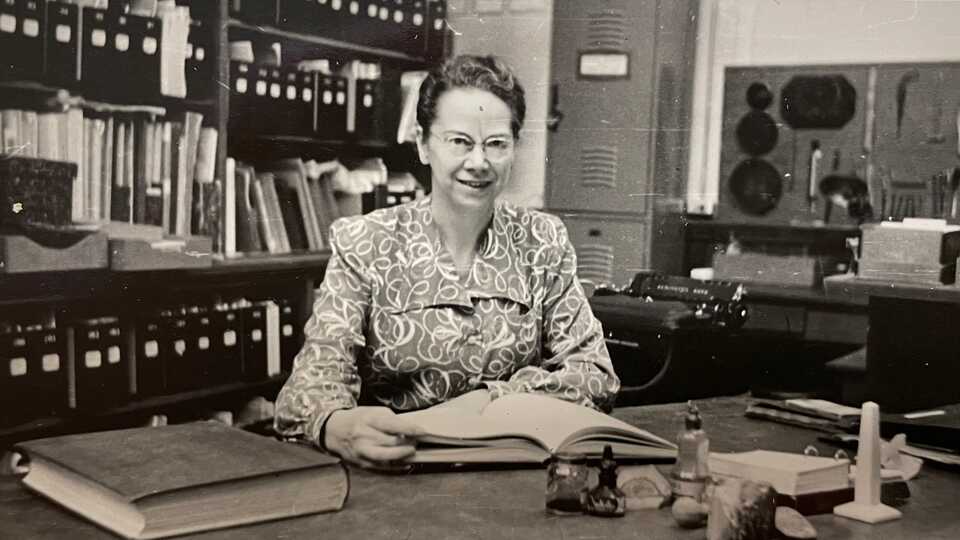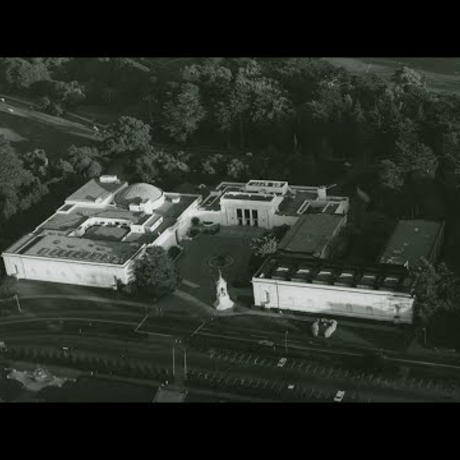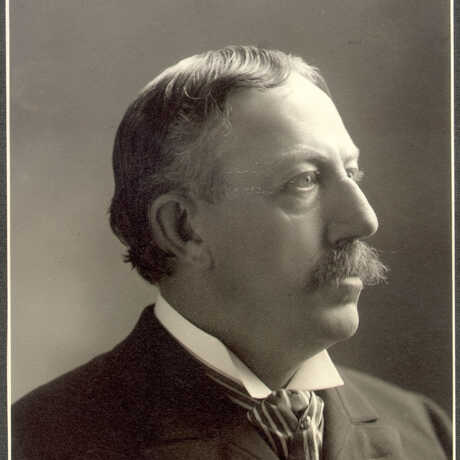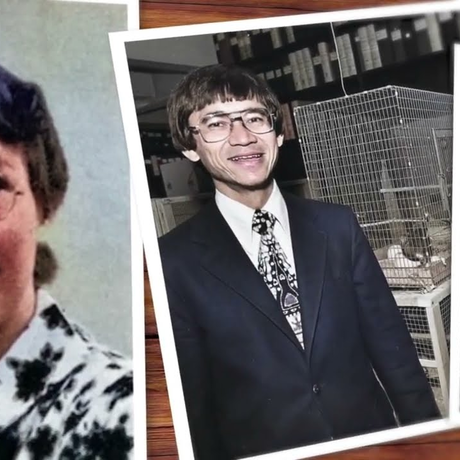While Keen was a doctoral student at Berkeley, she discovered her passion for shells in a small bookshop. She collected shells to study in Monterey on a field trip, pursuing her newly found passion in malacology. She moved to Monterey in the summer and collected shells because there were no job prospects and the cost of living was cheaper than Berkeley. During her time there, she began her contacts with Stanford’s Hopkins Marine Station, leading her to meeting Ida Oldroyd, the Curator of Geology at Stanford. In 1934, Myra Keen began volunteering under Oldroyd. Keen would aid Oldroyd in identifying various species of mollusk and rearranging them and even made an index for them, which Oldroyd wasn’t enthusiastic about.
Three years later, she was given a paid part time job as the Curator of Paleontology. After 18 years as curator and lecturer, she became an Assistant Professor in 1954, Associate Professor in 1960, and a full Professor in 1965 at age 60. Keen was one of only three female science professors at the time, and the first women to teach in the Earth Sciences department at Stanford.
Before World War II, she gained valuable experience while working as an apprentice under Hubert Gregory Schenck. With him, her knowledge on molluscan fossils found on coastal mountains in California expanded. Additionally, with her proficiency in statistical analysis, she was able to efficiently process large amounts of data and identify patterns of distribution. During World War II, there was a shortage of men in the Paleontology department so Myra was requested to help the department teach elementary Paleontology. When Schenck came back from WWII, he immediately got back to work, making Keen audit his stratigraphy and paleontology courses, study under him, and do other tasks–this eventually led to her appointment as a Curator in Geology. Initially, this was a position which had no salary, but once the Great Depression started slowly improving, she received a small stipend. Soon after, she began to teach historical geology and paleontology even though she wasn’t on the teaching faculty until 1954. Before that, she was essentially teaching without being officially recognized as a professor. She worked full time but received only half time pay, and couldn’t even sign the class lists since she didn’t have a formal professorial appointment. This sort of misogyny followed women, including Keen, into their professional and educational careers; there was an incident in 1930 where Keen, a student at the time, was verbally abused for walking down the Law Department’s stairs on accident, which was known as off limits for female students. She was the chairman of The Women of the Faculty Club at Stanford from 1958-1960, a direct response to the exclusive Men's Faculty Club.



